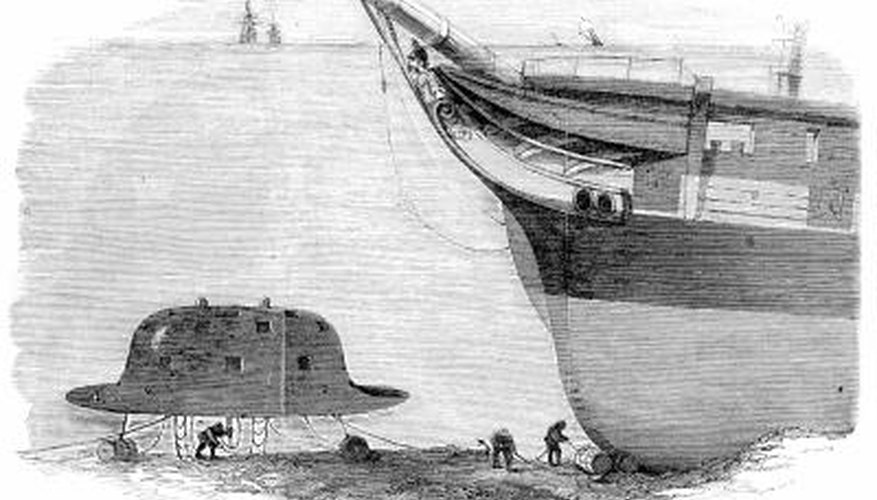Saturation divers are commercial divers who work at least 50 metres, or 164 feet, below sea level for days and even weeks at a time. Rather than using air tanks carried on their backs, deep-sea, or saturation (SAT), divers breath a combination of oxygen and helium through an air hose or umbilical cord attached to a diving support vehicle. Diving Magazine calls saturation diving the holy grail of diving to which many commercial divers aspire.
Work Description
SAT divers have extensive training certified by the Association of Commercial Diving Educators and hundreds of hours of diving experience. In addition, they have training and experience in various types of construction, such as building, surveying, welding, inspections and repair of underwater structures; search and rescue; salvage and recovery. SAT divers travel to and from the dive site in a pressurised vehicle or saturation system, which includes a rest area, a transfer chamber and dry bell. All three sections are pressured to the depth at which the divers will be working. When it is time to return the divers to the surface, they go through a slow decompression process in which they are brought to sea level at a rate of 15 metres or 49.2 feet per day. For example, after working at 300 feet below sea level, the decompression process requires six days to complete.
- SAT divers have extensive training certified by the Association of Commercial Diving Educators and hundreds of hours of diving experience.
- All three sections are pressured to the depth at which the divers will be working.
Salary
Although much of the work these divers do is basic construction and repair, they earn more than land-based construction workers because of the working conditions. The 2012 average annual income for commercial divers, including SAT divers, was £36,751, with a range of £20,728 to £58,214. However, like other construction jobs, the work assignments may be short-term contracts. However, many divers choose this career because of the sense of adventure; the freedom of a flexible schedule; and the ability to work in faraway places, such as the North Sea, the Indian Ocean or the South Pacific.
- Although much of the work these divers do is basic construction and repair, they earn more than land-based construction workers because of the working conditions.
Qualifications
A university degree is not necessary to be a SAT diver. However, the training is extensive and can take a minimum of 600 hours, including courses on diving fundamentals, underwater cutting and welding, types of diving equipment, hyperbaric chamber operations, navigation and seamanship and other related topics. In addition, divers must be physically fit. They must also be able to work well as part of a team and do mechanical work. Some commercial divers receive their training and initial experience in the British Navy or Coast Guard.
- A university degree is not necessary to be a SAT diver.
- They must also be able to work well as part of a team and do mechanical work.
Career prospects
Most commercial divers, including SAT divers, begin their careers as diver's helpers and work their way to diver and eventually to dive planner or supervisor. According to BLS, many jobs for SAT divers are available in oil and natural gas industries, working on drilling rigs. This is expected to continue as deep-sea exploration and drilling operations expand.
